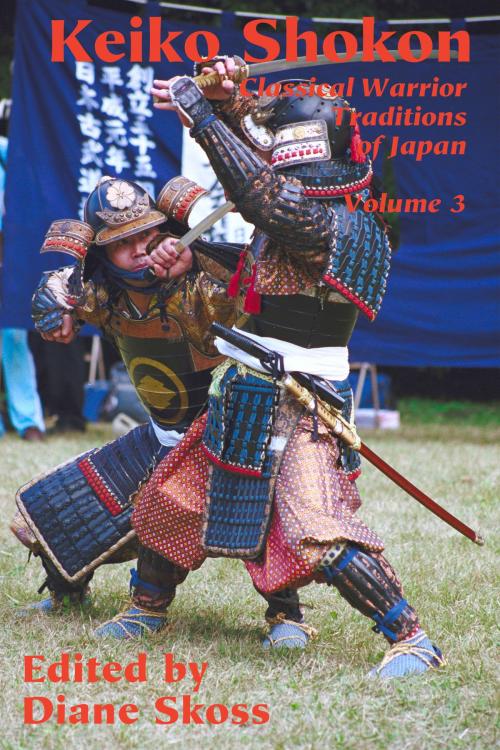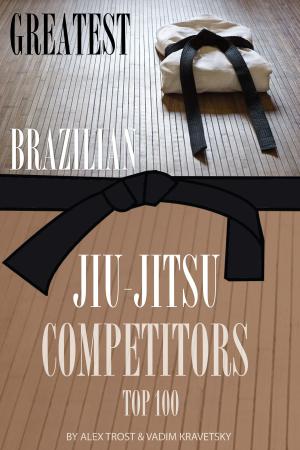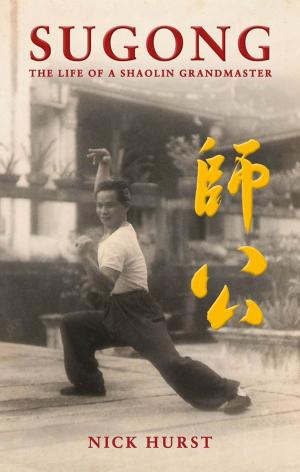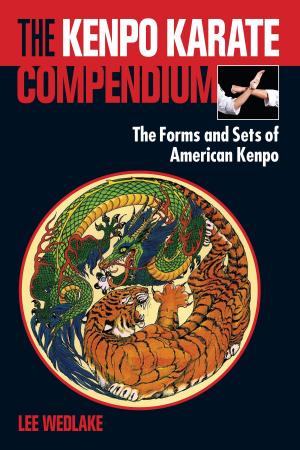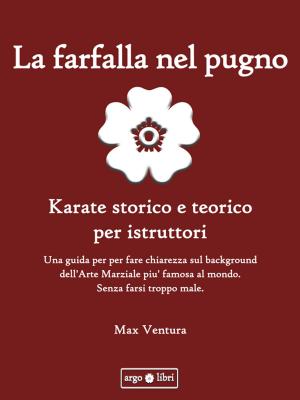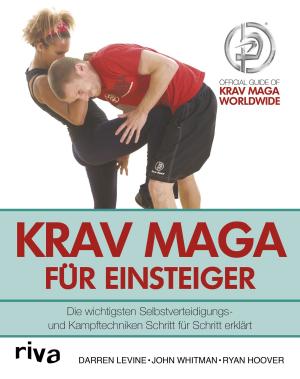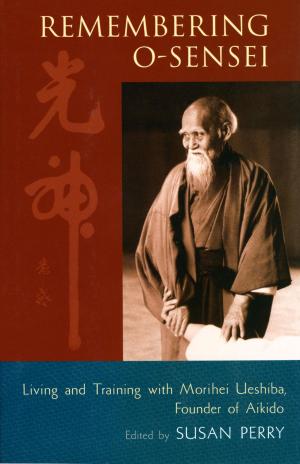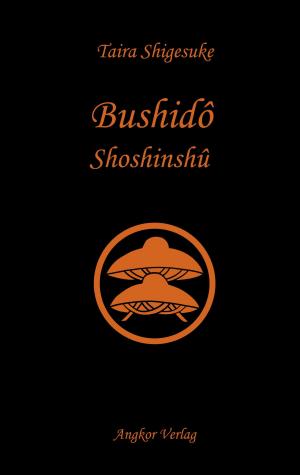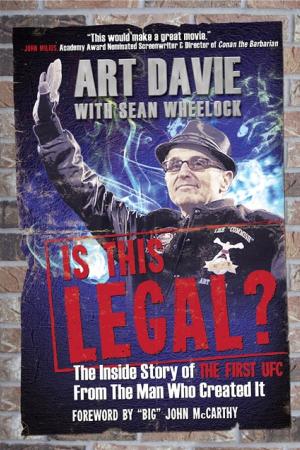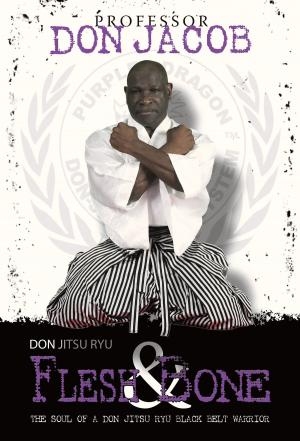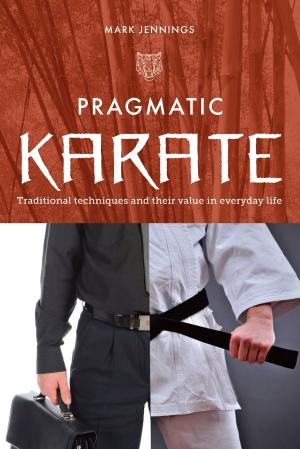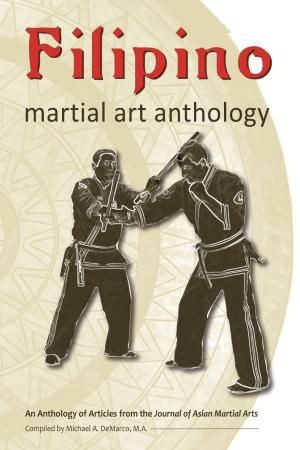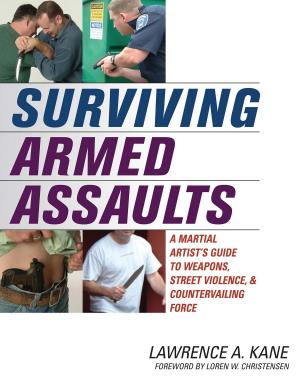| Author: | Diane Skoss | ISBN: | 9781890536015 |
| Publisher: | Koryu Books | Publication: | April 15, 2016 |
| Imprint: | Koryu Books | Language: | English |
| Author: | Diane Skoss |
| ISBN: | 9781890536015 |
| Publisher: | Koryu Books |
| Publication: | April 15, 2016 |
| Imprint: | Koryu Books |
| Language: | English |
Discover “the arts that look upon the profound and clarify life and death.” Keiko Shokon is the third volume in a series that aims to demystify the rare and often misunderstood fighting arts of the Japanese warrior. Do these arts still have relevance in a modern technological world? How are they being preserved? What pitfalls face practitioners struggling to maintain these arts in a culture so foreign to that of their origins? These questions are discussed by a unique group of practitioner/writers in eight provocative essays certain to challenge many cherished and widely held preconceptions. These eight essays include a translation of the eighteenth-century warrior's parable, "The Cat's Eerie Skill;" advice on the dangers and possibilities in training in more than one classical martial art; an interview with the headmaster of Toda-ha Buko-ryu naginatajutsu; hints on learning to observe the classical arts; an overview of the Itto-ryu style of swordsmanship; a discussion of the meaning of the Japanese word soke, or headmaster; at look at innovation in the classical martial arts; and some musings on the professional perspective by a lieutenant colonel in the U.S. Marines. Foreword by Quintin Chambers, Co-author of Stick Fighting: Techniques of Self-Defense Keiko Shokon Revisited: Introduction by Diane Skoss, editor of Koryu Bujutsu and Sword & Spirit The Cat’s Eerie Skill: A Translation of Issai Chozan’s “Neko no Myojutsu” byKarl F. Friday, professor of history, University of Georgia Promise and Peril: The Potential of Following Multiple Koryu by Dave Lowry, author of Autumn Lightning and Persimmon Wind Interview with Nitta Suzuyo: Headmaster of the Toda-ha Buko-ryu by Liam Keeley, Toda-ha Buko-ryu okuden mokuroku and shihan Challenges in Observing the Koryu Bugei by Ron Beaubien, Toda-ha Buko-ryu okuden Itto-ryu Kenjutsu: An Overview by Meik Skoss, consulting editor, Koryu Books Soke: Historical Incarnations of a Title and its Entitlements by William M. Bodiford, professor of East Asian Languages and Culture, UCLA Renovation and Innovation in Tradition by Ellis Amdur, author of Dueling with O-sensei and Old School: Essays on Japanese Martial Traditions The Professional Perspective: Thoughts on the Koryu Bujutsu from a United States Marine by George H. Bristol, Lieutenant Colonel, USMC
Discover “the arts that look upon the profound and clarify life and death.” Keiko Shokon is the third volume in a series that aims to demystify the rare and often misunderstood fighting arts of the Japanese warrior. Do these arts still have relevance in a modern technological world? How are they being preserved? What pitfalls face practitioners struggling to maintain these arts in a culture so foreign to that of their origins? These questions are discussed by a unique group of practitioner/writers in eight provocative essays certain to challenge many cherished and widely held preconceptions. These eight essays include a translation of the eighteenth-century warrior's parable, "The Cat's Eerie Skill;" advice on the dangers and possibilities in training in more than one classical martial art; an interview with the headmaster of Toda-ha Buko-ryu naginatajutsu; hints on learning to observe the classical arts; an overview of the Itto-ryu style of swordsmanship; a discussion of the meaning of the Japanese word soke, or headmaster; at look at innovation in the classical martial arts; and some musings on the professional perspective by a lieutenant colonel in the U.S. Marines. Foreword by Quintin Chambers, Co-author of Stick Fighting: Techniques of Self-Defense Keiko Shokon Revisited: Introduction by Diane Skoss, editor of Koryu Bujutsu and Sword & Spirit The Cat’s Eerie Skill: A Translation of Issai Chozan’s “Neko no Myojutsu” byKarl F. Friday, professor of history, University of Georgia Promise and Peril: The Potential of Following Multiple Koryu by Dave Lowry, author of Autumn Lightning and Persimmon Wind Interview with Nitta Suzuyo: Headmaster of the Toda-ha Buko-ryu by Liam Keeley, Toda-ha Buko-ryu okuden mokuroku and shihan Challenges in Observing the Koryu Bugei by Ron Beaubien, Toda-ha Buko-ryu okuden Itto-ryu Kenjutsu: An Overview by Meik Skoss, consulting editor, Koryu Books Soke: Historical Incarnations of a Title and its Entitlements by William M. Bodiford, professor of East Asian Languages and Culture, UCLA Renovation and Innovation in Tradition by Ellis Amdur, author of Dueling with O-sensei and Old School: Essays on Japanese Martial Traditions The Professional Perspective: Thoughts on the Koryu Bujutsu from a United States Marine by George H. Bristol, Lieutenant Colonel, USMC
